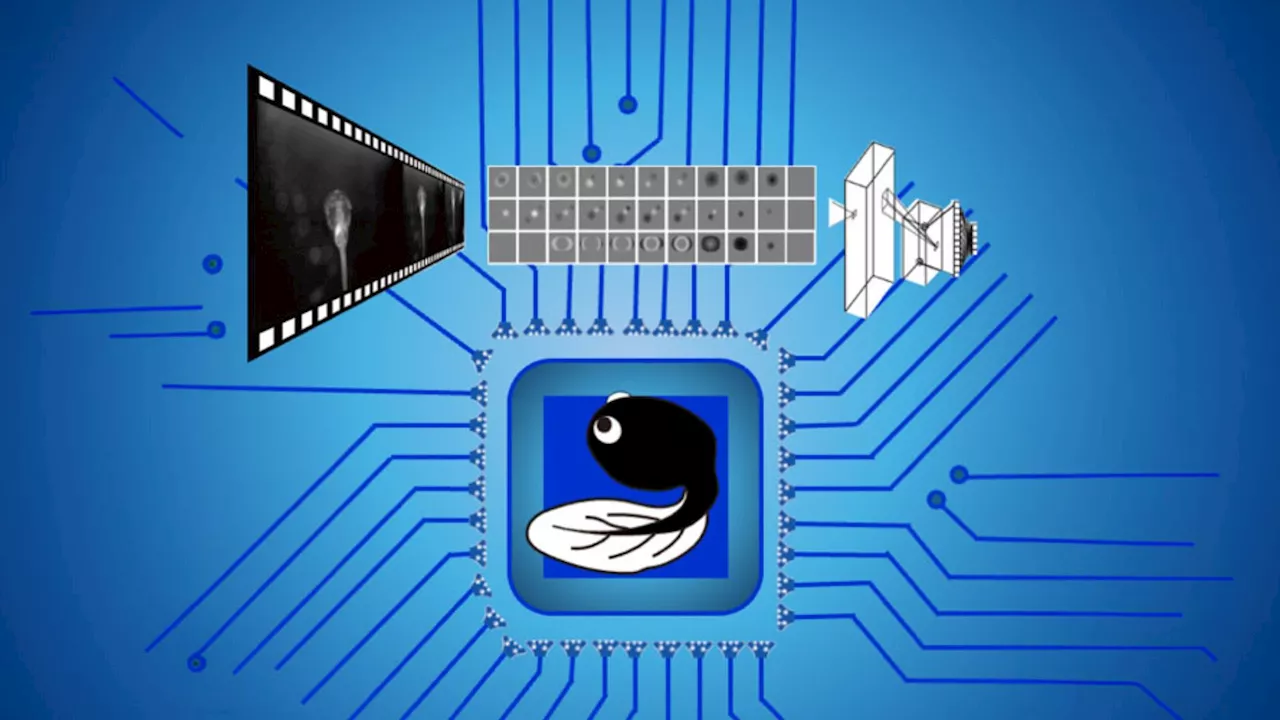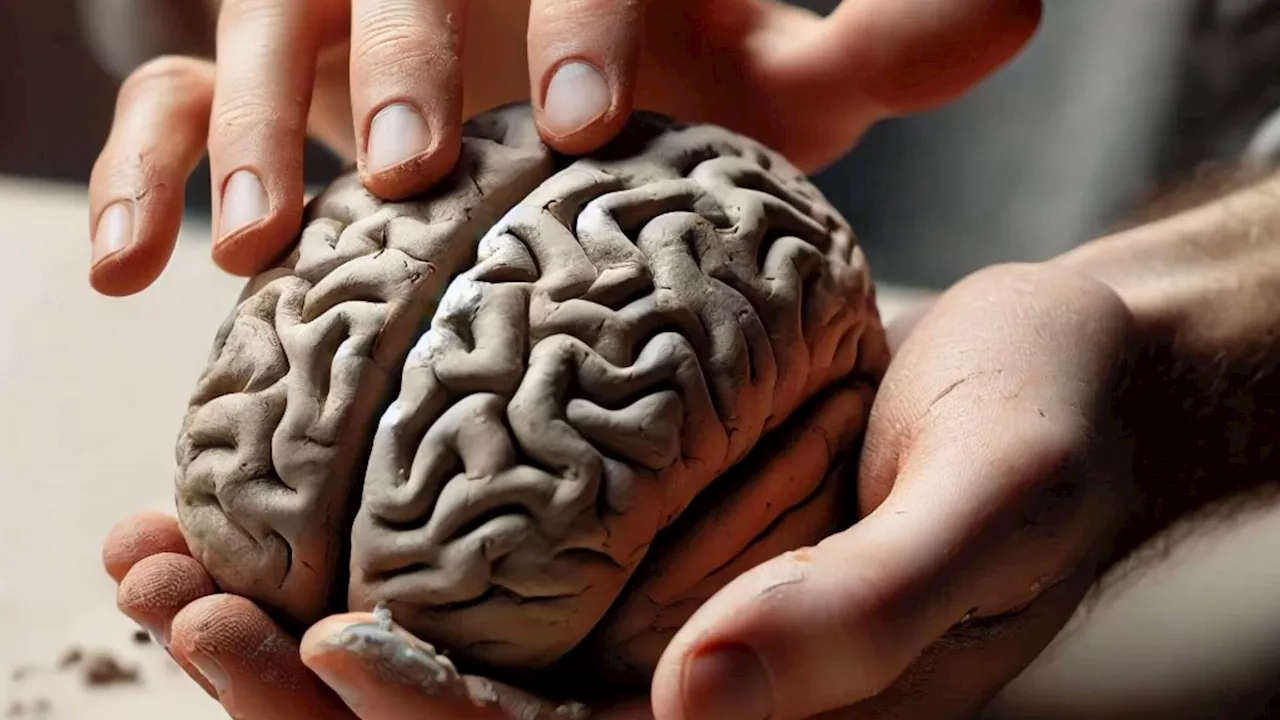This article explores various aspects of human brain development and social evolution, including the role of gene expression in specialization, the influence of group size and mating preferences on voice evolution, and the impact of aging on social preferences. It also touches upon the unique human gene ARHGAP11B and the effects of space travel on brain cell maturity.
Humans like to discover. Presented with something we've never seen before, most of us will be compelled to explore and learn more about it. The same can't exactly be said for our closest living relatives, primates. New research suggests that group size and mating preferences may have caused male primates, including humans, to evolve deeper voices than females. The findings can help to shed light on social behavior in humans and their evolution.
ARHGAP11B -- this complex name is given to a gene that is unique to humans and plays an essential role in the development of the neocortex. The neocortex is the part of the brain to which we owe our complex cognitive abilities. When humans age, they tend to favor small circles of meaningful, already established friendships rather than seek new ones. People are also more likely to lean toward positive relationships rather than negative ones. Brain Cells Remain Healthy After a Month on the International Space Station, but Mature Faster Than Brain Cells on Earth
HUMAN BRAIN GENETICS EVOLUTION SOCIAL BEHAVIOR AGING
United States Latest News, United States Headlines
Similar News:You can also read news stories similar to this one that we have collected from other news sources.
 Brain mapping advances understanding of human speech and hallucinations in schizophreniaVoice experiments in people with epilepsy have helped trace the circuit of electrical signals in the brain that allow its hearing center to sort out background sounds from their own voices.
Brain mapping advances understanding of human speech and hallucinations in schizophreniaVoice experiments in people with epilepsy have helped trace the circuit of electrical signals in the brain that allow its hearing center to sort out background sounds from their own voices.
Read more »
 New brain mapping technique reveals insights into the brain's higher functionsA new way of mapping activity and connections between different regions of the brain has revealed fresh insights into how higher order functions like language, thought and attention, are organized.
New brain mapping technique reveals insights into the brain's higher functionsA new way of mapping activity and connections between different regions of the brain has revealed fresh insights into how higher order functions like language, thought and attention, are organized.
Read more »
 MovieNet: Breakthrough AI decodes videos like a human brain with 82% accuracyBy simulating how the human brain processes a moving world, Scripps researchers have reached a breakthrough in AI as current models only recognize still images.
MovieNet: Breakthrough AI decodes videos like a human brain with 82% accuracyBy simulating how the human brain processes a moving world, Scripps researchers have reached a breakthrough in AI as current models only recognize still images.
Read more »
 Scientists use Matrix-style learning to ‘write’ skills into human brain noninvasivelyResearchers have developed a groundbreaking technique using brain imaging and neurofeedback to induce learning without conscious effort.
Scientists use Matrix-style learning to ‘write’ skills into human brain noninvasivelyResearchers have developed a groundbreaking technique using brain imaging and neurofeedback to induce learning without conscious effort.
Read more »
 Brain Coral Looks Like a Brain, and Can Live up to 900 YearsDiscover how brain coral got its name, and why it’s vital to protect it.
Brain Coral Looks Like a Brain, and Can Live up to 900 YearsDiscover how brain coral got its name, and why it’s vital to protect it.
Read more »
 Common brain network links brain atrophy patterns seen in schizophreniaA new study has identified a unique brain network that links varied patterns of brain atrophy, or shrinkage, associated with schizophrenia.
Common brain network links brain atrophy patterns seen in schizophreniaA new study has identified a unique brain network that links varied patterns of brain atrophy, or shrinkage, associated with schizophrenia.
Read more »
